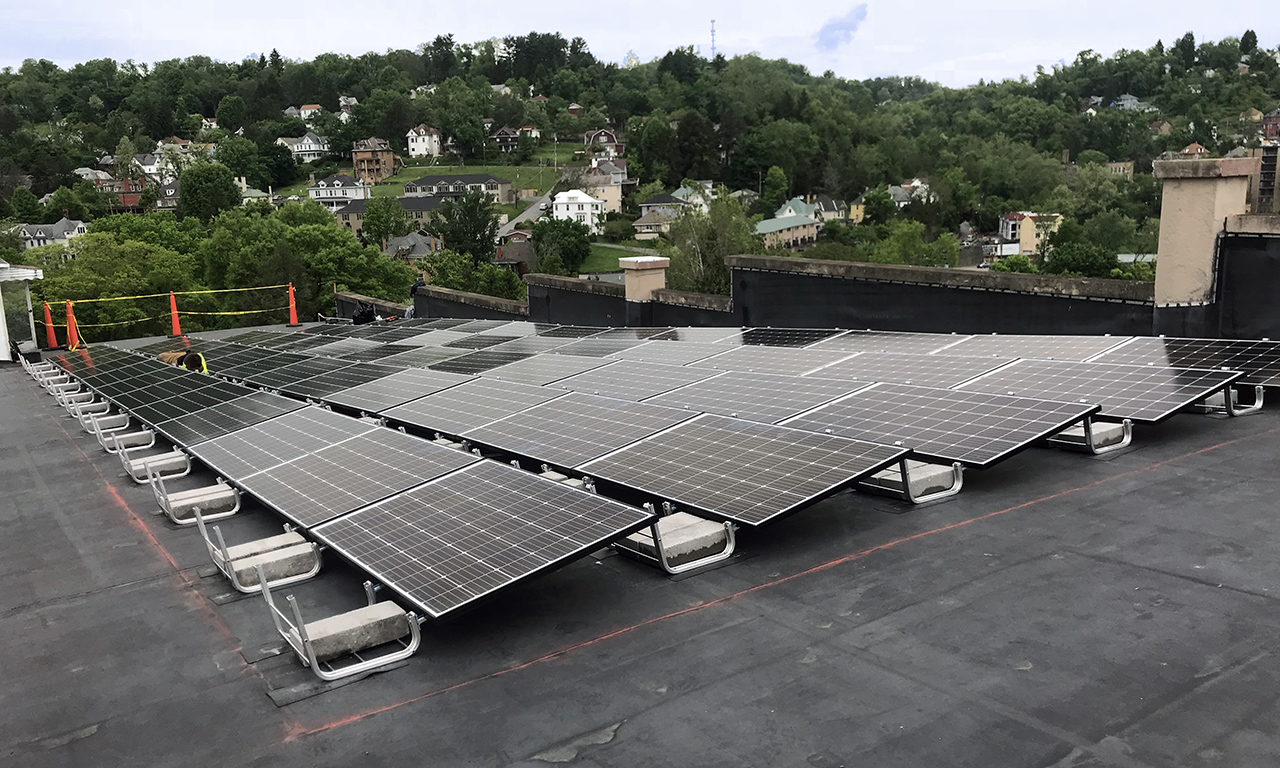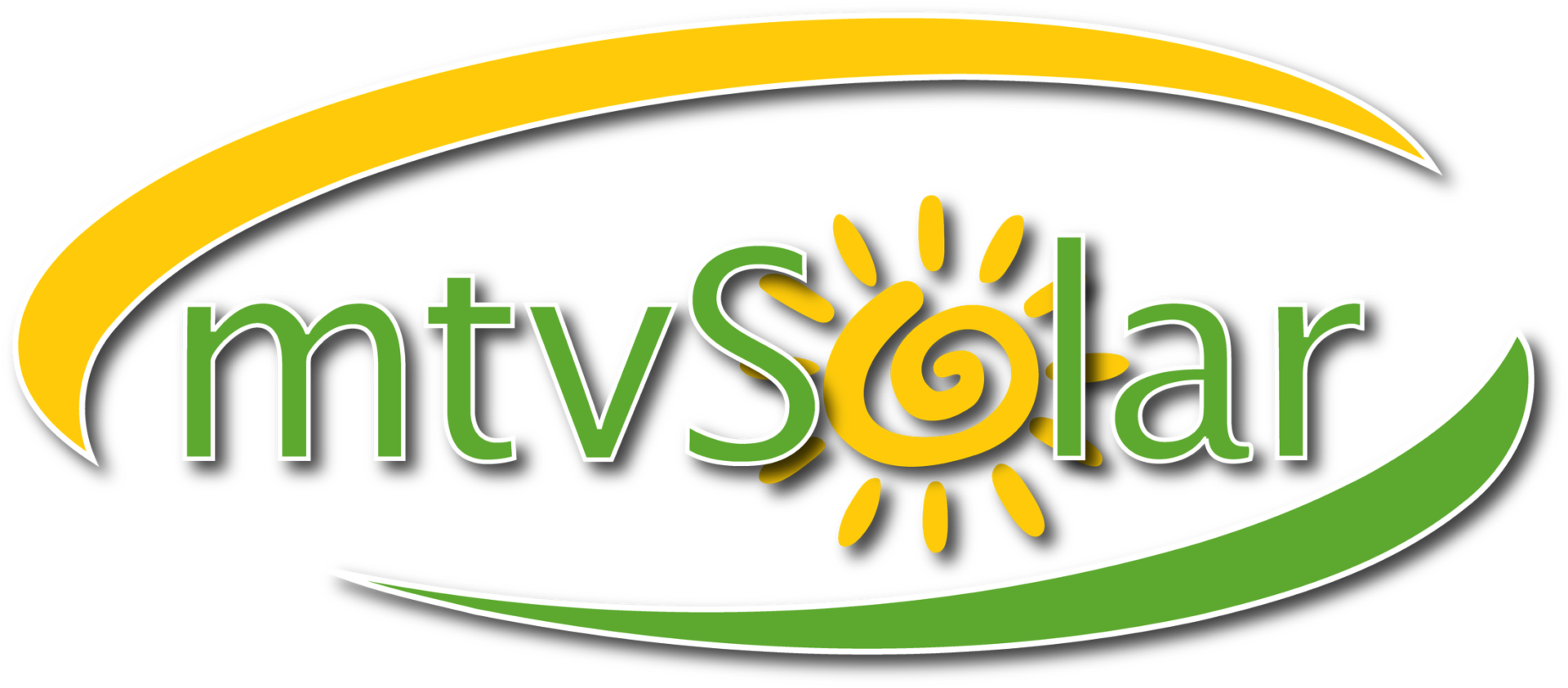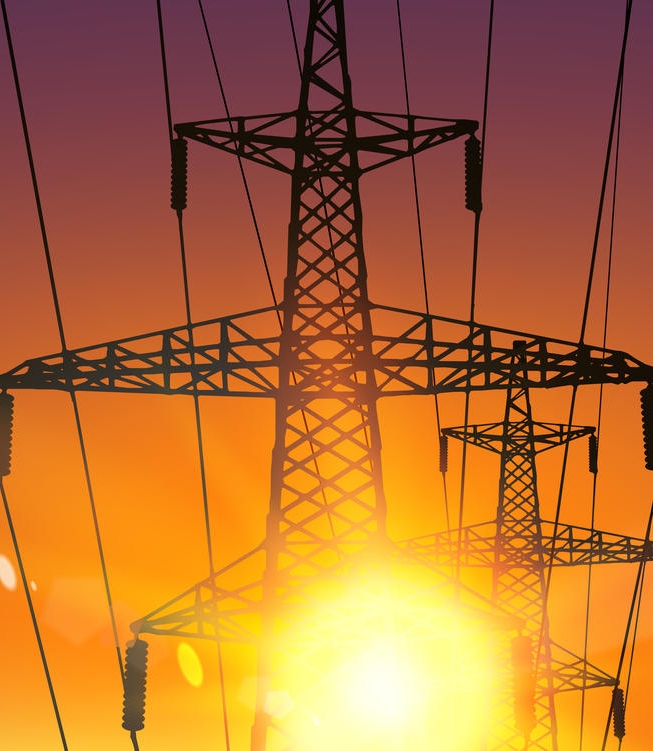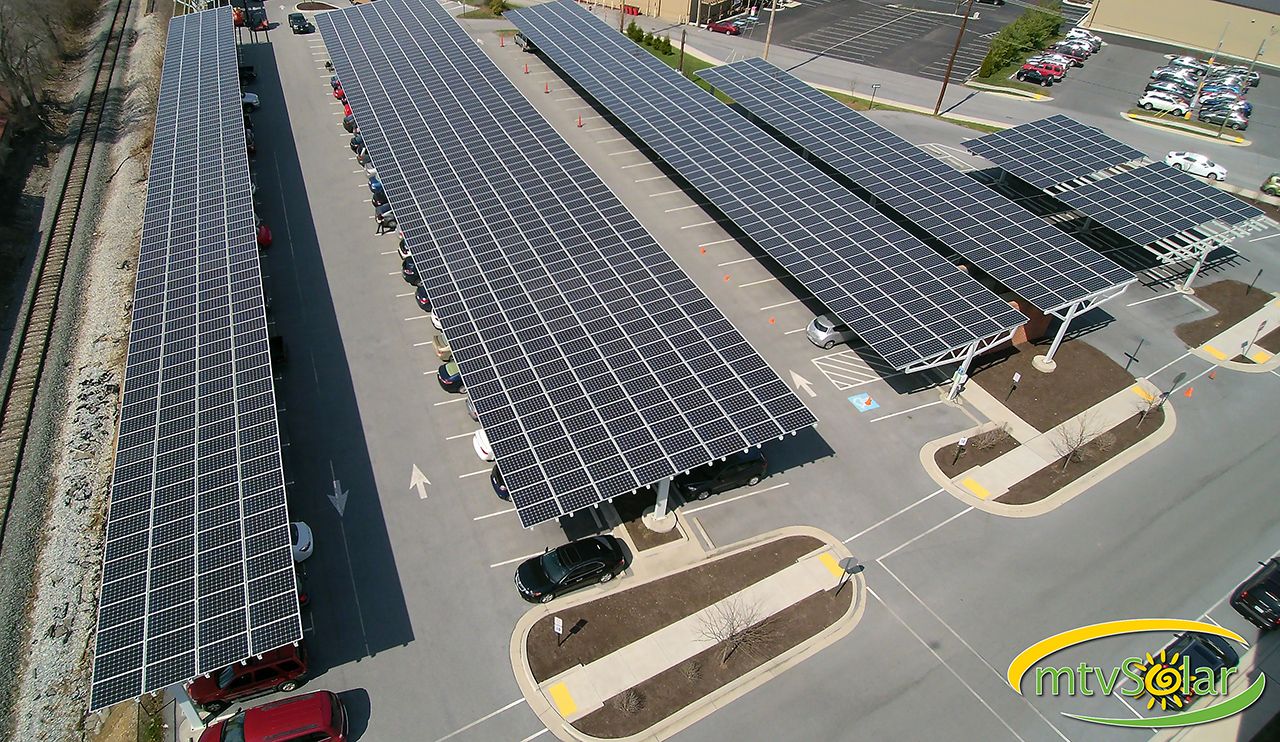 Have you ever found yourself lamenting your energy bill? If you operated alarge organization likea business or school, you are well aware that this comes with an equally large cost for power. Facilities large enough to house all your employees, clients, and functions require many cubic feet worth of illumination and climate control, not to mention the numerous appliances used throughout. All this power turns into an industrial-sized bill every month, one that most business strive to reduce in a variety of ways. Enhancing energy efficiency is one of the least expensive routes you can take. You can turn lights off when you’re not using them, turn down the HVAC when no one is in the building, and even install sleep modes on every appliance but there will always be that basic cost of literally keeping the lights on during business hours. When you’ve replaced every bulb with an LED, cleaned every HVAC filter, and use only energy-efficient appliances, there is still one more way to reduce your energy bill without bringing down your power burn below practical levels: Solar power.
Have you ever found yourself lamenting your energy bill? If you operated alarge organization likea business or school, you are well aware that this comes with an equally large cost for power. Facilities large enough to house all your employees, clients, and functions require many cubic feet worth of illumination and climate control, not to mention the numerous appliances used throughout. All this power turns into an industrial-sized bill every month, one that most business strive to reduce in a variety of ways. Enhancing energy efficiency is one of the least expensive routes you can take. You can turn lights off when you’re not using them, turn down the HVAC when no one is in the building, and even install sleep modes on every appliance but there will always be that basic cost of literally keeping the lights on during business hours. When you’ve replaced every bulb with an LED, cleaned every HVAC filter, and use only energy-efficient appliances, there is still one more way to reduce your energy bill without bringing down your power burn below practical levels: Solar power.
Solar More Affordable Than Ever
Solar power, once the purview of only the most technically or environmentally dedicated, is now accessible to anyone who cares to invest with minimal hassle and installation cost. The modules (often referred to as panels) themselves, along with the necessary components to convert photovoltaic energy into usable form that can powerlights and appliances, have essentially reached the price bottom with little room to go much lower. This means that the amount of energy generated can very quickly counterbalance the cost of installation. Modern inverter technology and module level optimization have made solar power safe and super efficient for both private consumers and modern businesses alike.
Solar Power is Infinitely Available and Renewable
How much sun hits your building each day? Every time your walls or windows heat up with its brilliant rays, this is an opportunity to be generating free energy. Depending on how much you want to invest and what parts of your building catch the best sun, you could be looking at hundreds of kilowatt-hours generated each sunny day. Even cloudy days still contribute at a diminished rate. Mounted rooftop panels are your lowest cost option, but they can also be installed on the ground or on a carport canopy structure with additional investment. With an expected lifespan of over 40 years, the system will have paid for itself many times over.
Straight Grid-Tied or Self Consumption with Storage
There are two primary ways to use the solar power you collect. One involves an additional investment in a battery bank to store up the solar energy during the day and release as-needed directly into your building’s electrical system. You are both creating your own power and storing it for offsetting some of your building’s load while the sun isn’t up. This approach yields savings in the mid-Atlantic area only if you have time of use charges. Another big advantage you gain with batteries is demand charge reduction, via a technique called “peak load shaving“. The last major benefit of battery storage is backup power for critical infrastructure, such as computers, security, communication gear and POS equipment.
The other more common and less costly option is to connect your solar energy directly to the local power grid via a process called net metering. A straight grid-tied system does not have batteries that wear out over time. Net metering means that your building is powered by a constant flow of energy from both utility and solar, but the power company tracks both your usage from the grid and what your solar panels push back to the grid while the building uses less power than is generated. The power you use from the grid will raise your bill as usual but the power your solar panels contribute directly lowers your bill with energy credit. It is entirely possible to net-zero over the course of a year, meaning that your utility consumption costs are near zero after a 12 month billing period. In the West Virginia, Virginia, Maryland and Pennsylvania service area, net metering is done at a true 1-to-1 ratio, meaning you are credited at the same rate you are billed.
 Getting Started
Getting Started
If you’re starting a new business, one of the best ways to keep operation costs low is to roll your solar array into your startup cost analysis and loans. There are numerous other financing options available as well. Until the end of 2019, the Federal income tax credit stands at 30%. Your business can reduce its tax liability substantially and also reap the rewards of accelerated depreciation.
Now all you need is an licensed and experienced contractor. mtvSolar is your local contractor, specializing in quality installations expected to last decades. We can work with you, your accountant, and any other decision makers to determine how energy efficiency, solar and optional battery storage can benefit your business. The first step is to fill out our free consultation web form, and a zero-pressure solar business consultant will be in touch promptly.



 Getting Started
Getting Started